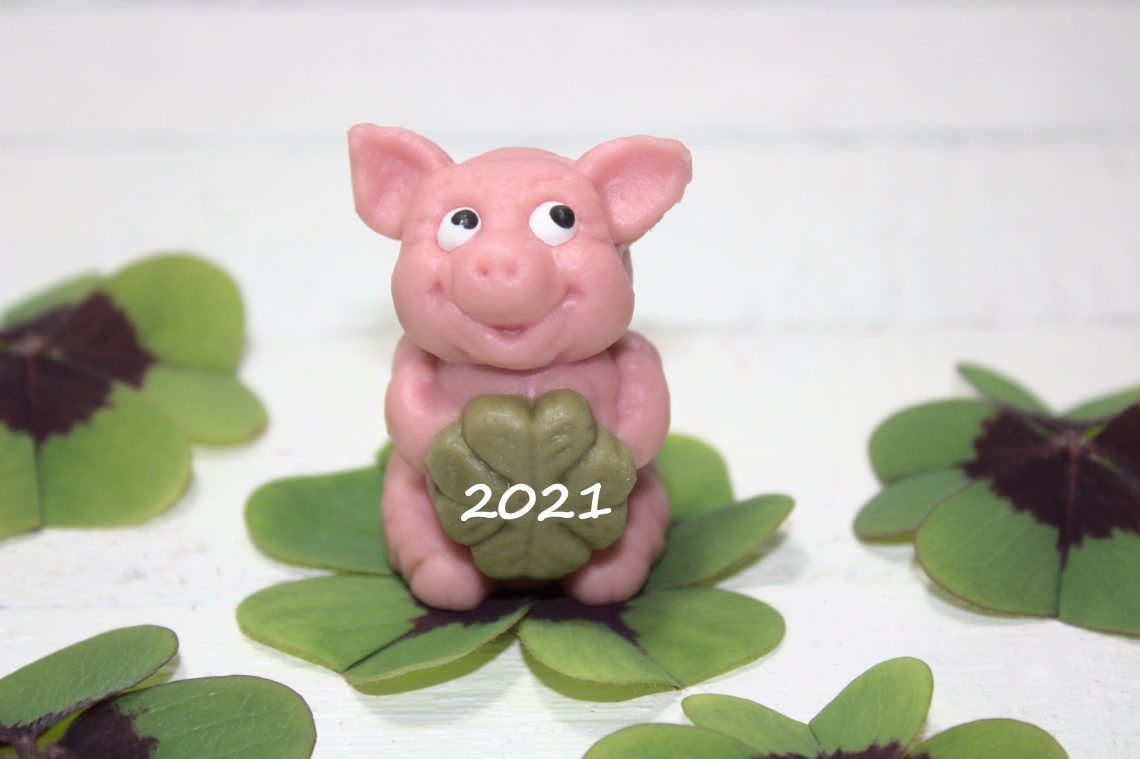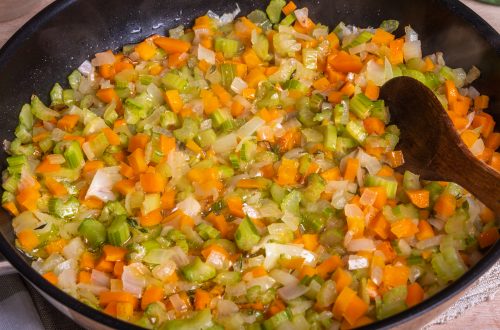
Getting Lucky in 2021
Feeling better about 2021? Want to hedge your bets? Since we are cooking more these days, let’s look at the cultural food traditions around New Year’s that promise good fortune for the coming year. We all need to eat, so why not add a little extra luck into the menu?
Take Bulgaria, where a particular cheese-stuffed pastry is often loaded with special touches such as coins, special wishes wrapped in aluminum foil, and even a dogwood branch containing a bud for good health. There, good fortune depends on which piece you get.
In Spain, it’s a little easier to get lucky. Since Madrid marks the new year with the broadcast of a famous clock tower, Spaniards eat a grape for each stroke. If you finish your grapes before the 12th stroke of midnight, you’re guaranteed good luck for the year. In Turkey, they also use fruit, but they only smash a pomegranate on their front doorstep at midnight with hopes that the splaying seeds will guarantee abundance. Meeker Turks merely scatter salt on the doorstep.
Of course, if you’re of Italian heritage, you probably know about the Feast of San Silvestro, which rings in the New Year with a meal of lentils and sausage. Since the legumes resemble coins, your good fortune is assured. Nigerians also eat a lentil stew, but theirs includes seafood. At the same time, they spurn a poultry meal because superstition portends that eating poultry on New Year’s Eve means you’ll be poor in the New Year. The French, as expected, are over the top with food. Le Reveillon de la Saint Sylvestre often includes foie gras and oysters.
Those familiar with the traditions of the American South may know that the typical New Year’s dish is Hoppin’ John: black-eyed peas, greens, rice, and a pork hock. The peas represent pennies, the greens are folded money, and the pork is just prosperity, since pigs root forward looking for food. Cornbread is often served as a side dish since it represents gold.
Many Asian New Year’s food traditions incorporate noodles, and the aim isn’t necessarily good fortune, but rather long life. In Japan, especially long buckwheat soba noodles are a promise of growing old. In the Netherlands, oliebollen, a Dutch doughnut, is supposed to line the stomach to protect the diner from an attack of an evil goddess.
Then there are the Danes, who don’t need fireworks since they celebrate by smashing plates against the doors of friends and neighbors for good luck. They also jump off chairs for good luck. If you have a sweet tooth, you probably know that in Germany, marzipan pigs – glücksschwein, like the one pictured above this post, are distributed since they promise a sweet New Year.
Speaking of hogs, my favorite international New Year’s tradition comes from the Scots and their Hogmanay. There, the first person to cross the threshold of your house in the new year is supposed to bring gifts symbolizing good luck. It’s expected to include whisky for a merry year, a Black Bun spiced fruit cake for prosperity, and a lump of coal for warmth. Make mine a single malt from Oban or Edradour.
What are you doing to ensure a more prosperous 2021? Let us know by commenting below.
To comment, please click on “Read in Browser” or on the headline to view the blog on the website. You can log in and comment at the end of the blog to share your thoughts and start a discussion.
If you’d like to share the blog, click on the Facebook icon or one of the others. Thanks!





2 Comments
Chuck Kennedy
Happy New Year!
We’re off to Mexico on Saturday, until Feb. 29.
Chuck & Anzie
Tom Stites
Our New Year’s Day dinner will celebrate family traditions of Hoppin’ John and cornbread.
I’m working with my mother’s Hoppin’ John recipe, which she derived from her mother’s, who grew up in Mississippi. And the cornbread is adapted from the recipe of a dear friend who grew up in Arizona, so it incudes chopped chilis. Can’t wait!